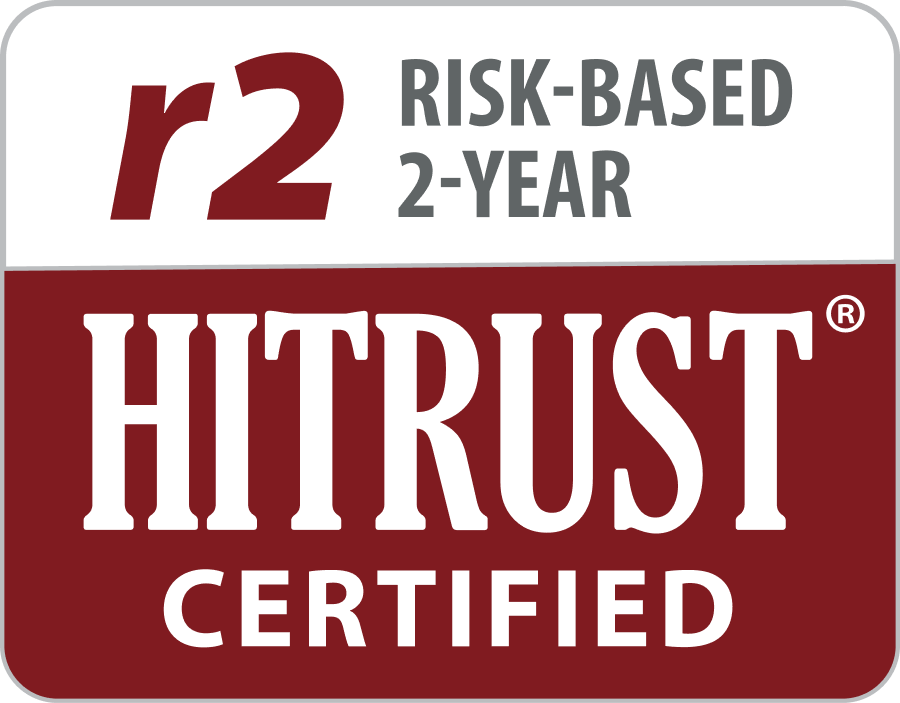– by Lynn Kryfke, MSN, RN, Sr. Consultant, Risk Adjustment | Jon Rogers, Sr. Consultant, Risk Adjustment
How do we capture the health of an individual, population and community, in a complete and accurate manner?
According to the American Information Management Association (AHIMA), the current approach to capturing health and well-being falls short in fully describing the overall state of a population or an individual. This is because factors beyond healthcare, such as health behaviors, physical environment, and socioeconomic conditions, also impact a person’s health status. AHIMA’s goal is that its Data for Better Health Initiative will create awareness and revolutionize the healthcare landscape by using the transformative potential of social determinants of health (SDOH) data to improve health outcomes.
The Challenge to Quantify Social Aspects of Health and Outcomes
Healthy People 2030, which provides 10-year, measurable public health objectives, describes SDOH as nonmedical factors that influence health outcomes. SDOH include the conditions in which people are born, grow, work, live, and age, as well as the wider set of forces and systems that shape daily life conditions. These factors have an impact on a wide range of health, functioning, and quality-of-life outcomes and risks. The challenge lies in quantifying these social aspects of health and health outcomes.
Health plans and providers have been struggling with how to comprehensively capture patient/member health status. While compliant enrollees may take care of themselves, other factors contribute to overall health and wellness. Medicaid and Medicare have attempted to quantify factors other than health outcome measures, such as HEDIS measures, which have not been measuring or monitoring social risk factors. Progress is on the horizon, and measurement year 2024 will include social-needs screening with questions related to unmet needs for food, transportation and housing that may be contributing to enrollee health and wellbeing.
Using Z Codes to Capture Social Determinants of Health
ICD-10 Z codes, introduced in 2016, refer to factors influencing health status or reasons for contact with health services that are not classifiable elsewhere as diseases, injuries, or external causes. Use of Z codes is a universal method for documenting the societal and environmental contributions to health outcomes; the codes can be captured on the claim and/or within the medical record.
The following codes refer to societal factors/influences:
Z55 – Problems related to education and literacy
Z56 – Problems related to employment and unemployment
Z57 – Occupational exposure to risk factors
Z58 – Problems related to physical environment
Z59 – Problems related to housing and economic circumstances
Z60 – Problems related to social environment
Z62 – Problems related to upbringing
Z63 – Other problems related to primary support group, including
family circumstance
Z64 – Problems related to certain psychosocial circumstances
Z65 – Problems related to other psychosocial circumstances
Capturing these codes provides additional information about the enrollee/patient. Unfortunately, there is currently exceptionally low adoption and utilization. How can we assist providers who are pressed for time, may not have Z codes programmed into electronic health records and may not be aware of all the Z codes?
Strategies to Capture Z Codes
CMS developed a document to assist with strategies to capture Z codes. Here’s a summary:
- Select a screening tool that captures essential elements and doesn’t increase need for additional resources or cause staff burden
- Consider adding coding to an electronic health record for ease of data collection
- Use SDOH data to identify potential available community resources to support patient and community needs, and monitor effectiveness of the process and intervention
- Data can be collected and documented by any member of the healthcare team
- Data should be recorded in the patient medical record or electronic health record
- Use of codes within your organization can be a powerful tool to identify funding opportunities, prove expenditures, develop strategies to assist populations
Get the ICD-10-CM Official Guidelines for Coding and Reporting from CMS here.
The American Academy of Professional Coders suggests that the use of Z codes supports more complex evaluation and management codes, justifies medical necessity, demonstrates a holistic picture of the patient, identifies potential barriers to treatment, and potentially demonstrates actual cost of care and treatment efficacy.
Enlisting providers to help capture coding opportunities on claims and in medical records will be key to future success in the ever-evolving landscape of risk adjustment.
Uncertainty About How Z Codes Will Be Integrated Into Future Risk Adjustment Methodology
While Z codes are currently not considered part of the coding for risk adjustment, some states are looking at the potential impact and use of these codes. In Massachusetts, a new Medicaid payment model incorporates housing indicators and neighborhood stress scores into managed care organization risk adjustment formulas. States are also working with Medicaid plans to develop and document each population’s social risk factors using screening tools, performance improvement projects and incentives. Recent updates to the ACA EDGE server enrollment files now include files for qualified health plans to provide race, ethnicity and zip code data associated with each enrollment span.
Uncertainty remains about how Z codes will be integrated into future risk adjustment methodology. However, there is work underway to incorporate SDOH into improving the health of individuals, populations, and communities.
Stay on top of trends related to how Risk Adjustment evolves to capture the complexities of health and well-being. ATTAC Consulting Group has the expertise and experience to keep accuracy of risk scores in the forefront of your organization’s Risk Adjustment program. With a pulse on the latest CMS and OIG trends, and the knowledge of where to look, ATTAC is uniquely positioned to aid in your organization’s Risk Adjustment retrospective programs.

